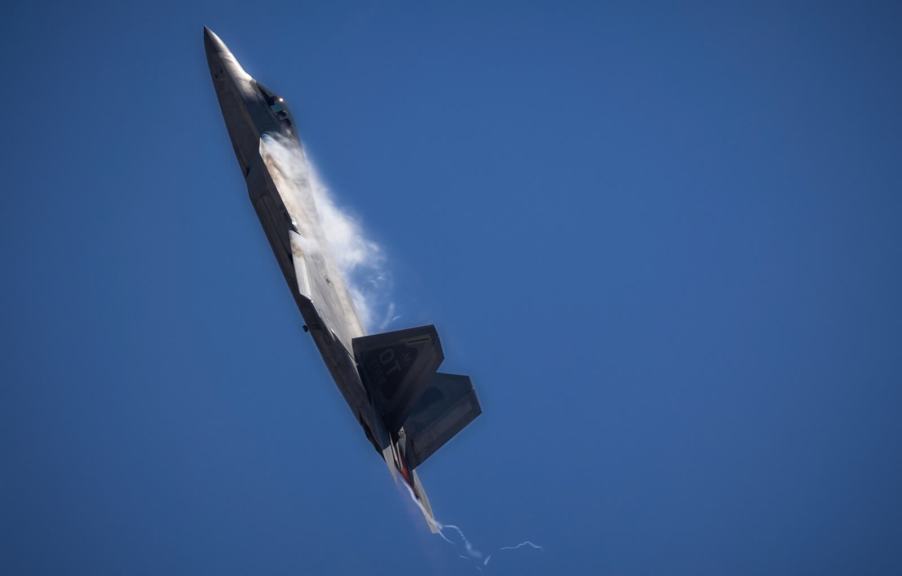
Is the F-22 Raptor Still Relevant?
Air superiority is a constantly evolving practice. From drones to next-generation fighter aircraft, controlling the skies is important to every country’s national security. So, after the United States Air Force fielded its first F-22 Raptors in 2005, air dominance seemed all but total. However, with the F-35 multirole fighter program in full swing and other stealthy fifth-generation fighter airplanes roaming the skies, is the F-22 Raptor still relevant?
The United States Air Force still flies the F-22 Raptor, despite a phase-out by 2030
It’s tough to fathom, but the Lockheed Martin F-22 Raptor took its first flight in 1997 (as a YF-22). And if you don’t remember, it was a big deal when the United States Air Force (USAF) fielded its first F-22s. With thrust vectoring, stealth technology, supercruise capability, and a previously unheard-of suite of advanced electronic warfare tech the F-22 was an instant asset. It was the first of the operational fifth-generation fighter aircraft.
Since then, other fifth-gen fighters have entered service, like the Lockheed Martin F-35 II, However, the F-22 Raptor’s story is short of paradigm-altering. After putting just 186 airplanes into service, the USAF scrapped the program. Barring some change of priorities in line with current events, the Air Force has a planned retirement for the fifth-generation fighter aircraft by 2030. What’s more, the USAF Next Generation Air Dominance (NGAD), the first of the country’s incipient sixth-generation fighters, is currently in testing, per Forbes.

Given the latest United States Military operations, the move makes some sense. For the better part of two decades, the military has been conducting counter-insurgency (COIN) operations above all else. As such, programs like the United States Marine Corps F-35B, the world’s first stealth vertical takeoff and landing (VTOL) multirole aircraft make more sense. Still, that doesn’t mean the F-22 is completely out of tricks.
The Air Force will continue to fly its stock of F-22s until the model’s planned retirement. In the meantime, the F-22’s vectorable Pratt & Whitney F119 engines push the Raptor faster with sharper maneuverability. However, with rivals like the Russian Sukhoi Su-57 and Chinese Chengdu J-20 already in service, the importance of American fifth-gen fighters (and upcoming sixth-gen fighters) is without question.





